
|
|
|
|
|
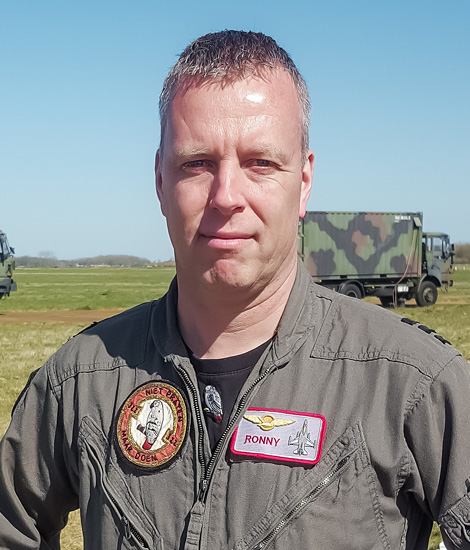
|
Practicing with the Eye on the Future; Leeuwarden, April 1, 2019
Frisian Flag 2019, part 1; Text and Photograph's Alex van Noye & Joris van Boven
Fighter pilots from different NATO and partner countries trained complex missions in an international context during Frisian Flag 2019 in the last two weeks. Over fifty fighter aircraft took off from Leeuwarden Air Base in the Netherlands every day. Frisian Flag is an annual exercise that has become one of the largest in Europe.
Today's missions are increasingly taking place in an extensive coalition context. That also makes training in an international context necessary for the active units in Europe. Because Leeuwarden Air Base is close to the large exercise area above the North Sea, the exercise from the Frisian location is ideal. Lieutenant Colonel Ronald van der Jagt is the head of Operations at Leeuwarden Air Base and is an F-16 pilot with more than 3000 flight hours. The Lieutenant Colonel is aware that Frisian Flag has an impact on the surroundings of Friesland and especially Leeuwarden. Yet he hopes for understanding from people. “It is one of the points of attention to minimize unnecessary inconvenience. As much as possible, fixed departure and landing times are used at the airbase”. According to van der Jagt, people from the neighborhood therefore know exactly when the flight movements are planned. The exercise takes place not only in Dutch airspace, but also in that of Germany and Denmark. This requires close cooperation between the airspace monitoring authorities of these three countries. The combat management is in the hands of the Dutch and German Control and Reporting Center (CRC). An Airborne Early Warning and Control (AWACS) radar aircraft from Geilenkirchen is also being used for this, according to van der Jagt. During the first week of the exercise, the aircraft flew in the north-south direction where simulated attacks were carried out on the north of the Netherlands. During the second week the targets were set in the north of Germany, with the planes flying from the west to the east, Ronald van der Jagt admits.
The most important objective of the Frisian Flag exercise is to train participants in what is now the core of the expertise of a fighter pilot, according to van der Jagt. The Combined Air Operations (COMAO) are currently the most important part of the training. COMAO missions are often complex air operations that are usually performed during operations for NATO or other Coalitions. Aircraft and ground units of various
|
|
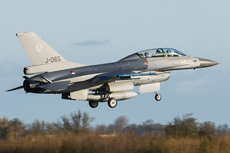
|
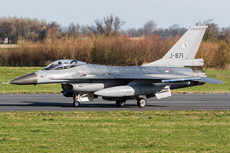
|
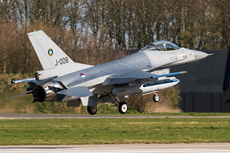
|
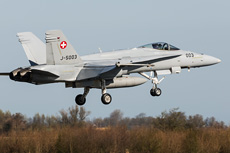
|
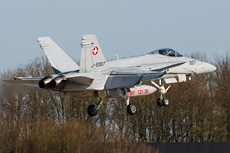
|
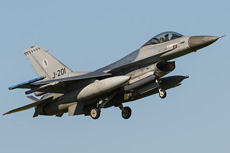
|
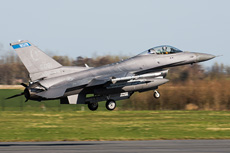
|
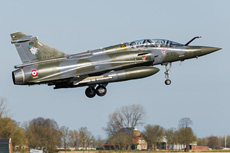
|
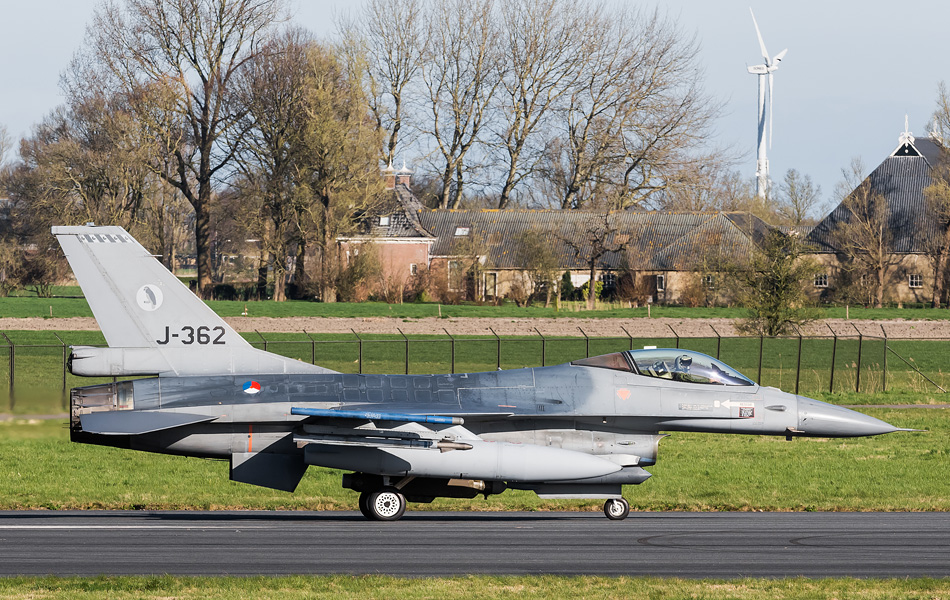
|
types and many nationalities are involved in COMAO operations. These international units must then often be able to work together on short-term deployments. The proposed missions are invented according to the requirements of the participants and generally correspond to the evolutions of the air war. These scenarios have been drawn up based on experiences from the latest deployment during the real operations in which the countries participated. The exercise can be just as Air-to-Air (Counter Air Offensive or Counter Air Defensive) as Air-to-Ground. Many scenarios contain both elements, which makes missions large-scale and complex, said the Lieutenant Colonel. The simulated missions are conducted during Frisian Flag in reserved areas in Dutch, Danish and German airspace. Especially above the North Sea, there is a lot of flying activity, making unlimited flights possible. In this area pilots only have to take the safety rules into account. In order to make the scenario as realistic as possible, the non-flying staff is also very involved in the scenarios.
The Royal Netherlands Air Force participated with F-16s from Volkel Air Base and Leeuwarden Air Base, this participation consisted of no fewer than sixteen aircraft. Like every year, the Poles were involved with their F-16Cs from the Polish base Poznan. The United States Air Force sent F-16Cs from the 148th Fighter Wing of the Minnesota Air National Guard to Leeuwarden. It is the first time in many years that Americans are participating with F-16s in this exercise. For the past five years, only F-15 Eagle units from the United States have participated. The German Air Force participated with EF2000 Eurofighters and the French Air Force participated in the exercise with a number of Mirage 2000D aircraft. Ronald indicated that these participants have almost always participated in the exercise in recent years. A special participant was the Swiss Air Force with the F/A-18 Hornet. After a few decades of absence, the Swiss again participated in an exercise in the Netherlands. A Cobham Dassault Falcon 20 is deployed from Great Britain to disrupt communication with fighter aircraft. This element makes the operations even more difficult due to the electronic disruption according to van der Jagt. In addition, a number of air defense systems must contribute to making the scenarios as realistic as possible. The new Multi Mission Radar (MMR) is also being used. This army radar shows very quickly enemy actions to which one must respond.
The Next Frisian Flag exercise is always planned shortly after the current edition. The staff only have one week break after the exercise before the evaluation of the past exercise will start. The lessons learned are listed and preparations for the next edition of Frisian Flag are started, according to van der Jagt. Despite rumors about a cancellation of the exercise in 2020 due to the arrival of the Lockheed Martin F-35, preparations will continue as planned for 2020. The first F-35s are expected at Leeuwarden at the end of October 2019. Only if in the coming months the number of operational Dutch F-16s may not be sufficient, for example as a result of pilot or crew conversions, it will be decided to change the version or cancel the exercise. A cancellation would be a major disappointment for the international participants, as many European air forces would like to participate in the Frisian flag exercise. The exercise is simply "by pilots, for pilots" says van der Jagt. All pilots involved can make proposals for the missions, focus on training requirements and objectives for this exercise. "There is no headquarters involved where all shipment guidelines are prepared and sent to the planners". The new Dutch Lockheed Martin F-35 can participate in Frisian Flag, but that depends on the status of the introduction of this new type. If necessary, Frisian Flag can be used to fit into the F-35's qualification program to obtain a limited initial operational capacity, the Lieutenant Colonel tells.
|
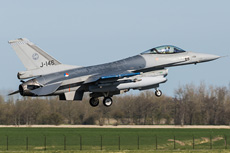
|
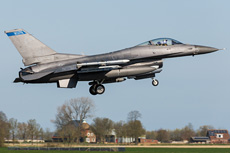
|
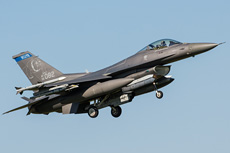
|
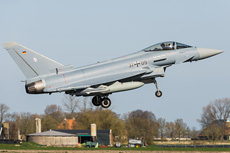
|
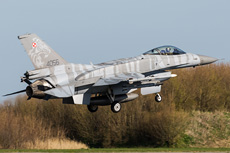
|
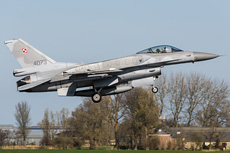
|
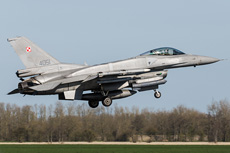
|
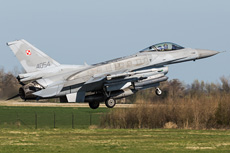
|
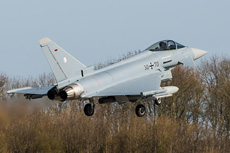
|
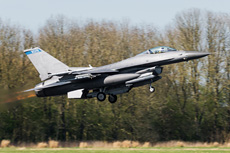
|
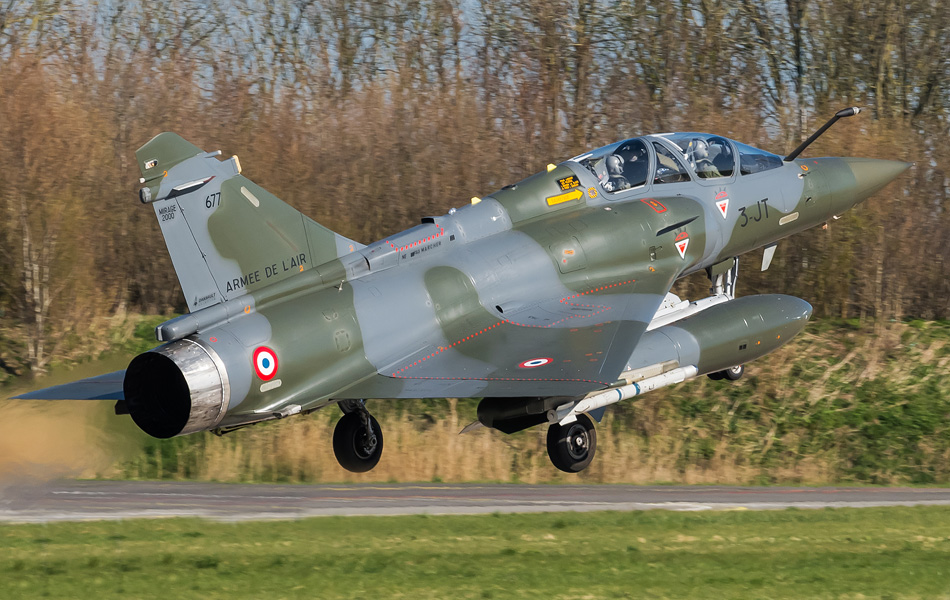
|
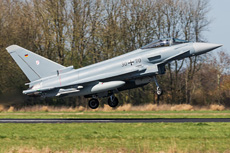
|
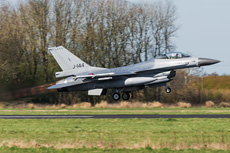
|
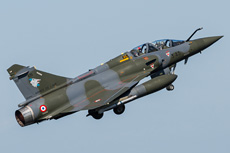
|
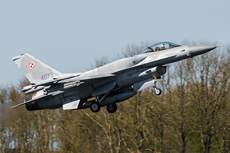
|
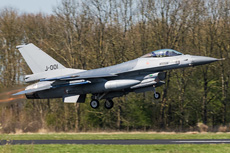
|
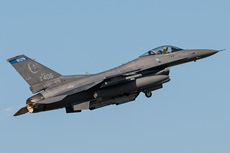
|
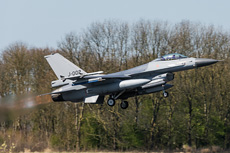
|
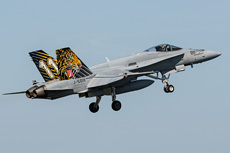
|
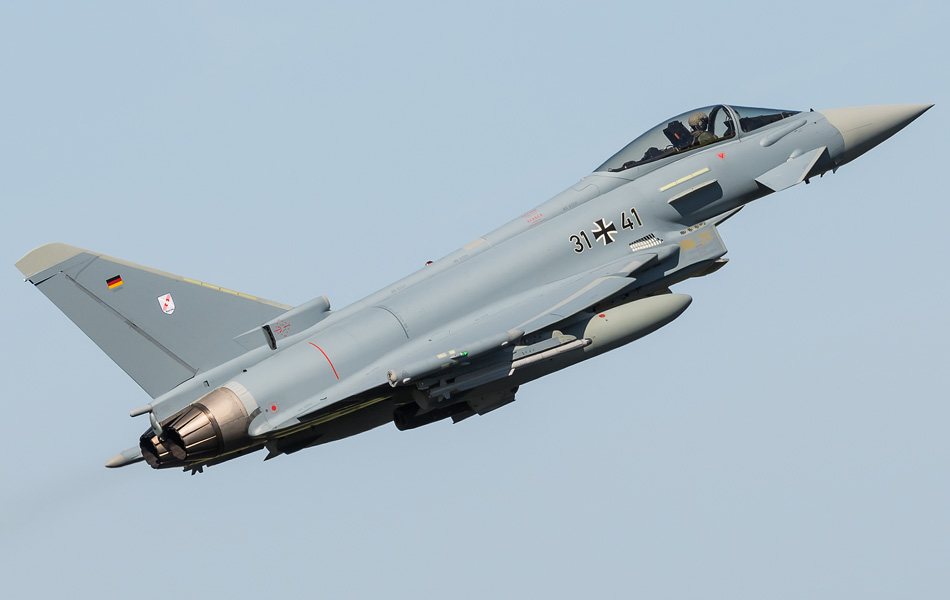
|
|
|

|







